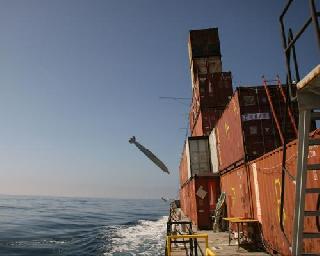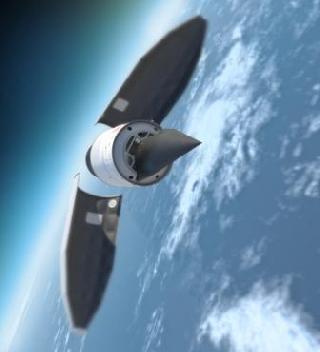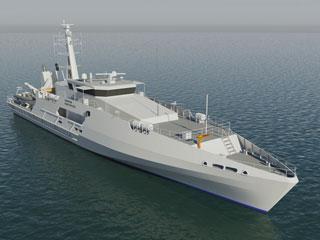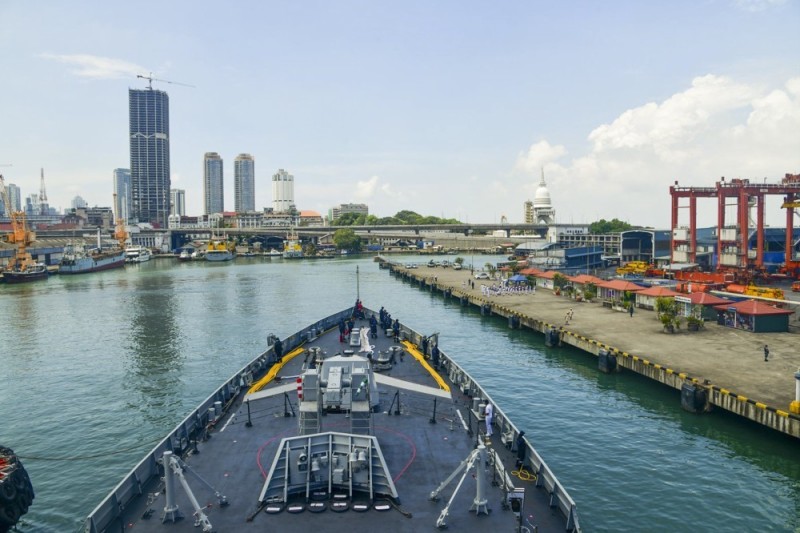
The JSOW C-1 approaching a moving ship during its first free flight test. A Raytheon photo
TUCSON (BNS): The US Navy has completed the first free-flight test of the air-to-surface Joint Standoff Weapon C-1 (JSOW C-1) which now inches closer to initial operational capability.
The first free flight of the air-launched, anti-ship weapon took place from the Navy’s F/A-18F Super Hornet fighter.
The aircraft released the glide weapon towards a ship target located 20 nautical miles from the launch point.
The test concluded successfully when the weapon impacted the target at the pre-determined aimpoint, the weapon’s manufacture Raytheon said.
The test demonstrated the JSOW C-1’s ability to operate on the Link-16 network and autonomously prosecute a mobile maritime target using new seeker algorithms, the company said.
“The JSOW C-1 first free flight is a definitive demonstration of our ability to modify an existing JSOW C weapon with new hardware and software to implement a critical moving maritime target capability for the Navy’s fleet warfighters,” said Phyllis McEnroe, Raytheon’s JSOW programme director.
The JSOW air-to-ground weapon employs an integrated GPS-inertial navigation system and terminal imaging infrared seeker, guiding the weapon to its target.
The JSOW C-1 adds moving maritime target capability and the two-way strike common weapon datalink to the combat-proven weapon. This will be the first networked air-launched, anti-ship weapon in the US inventory.
The weapon’s long standoff range of approximately 70 nautical miles (130 kilometers) allows delivery from well outside the lethal range of most enemy air defences.
The weapon is set to get initial operational capability in 2013.
 Previous Article
Previous Article Next Article
Next Article












The Indian Air Force, in its flight trials evaluation report submitted before the Defence Ministry l..
view articleAn insight into the Medium Multi-Role Combat Aircraft competition...
view articleSky enthusiasts can now spot the International Space Station (ISS) commanded by Indian-American astr..
view article